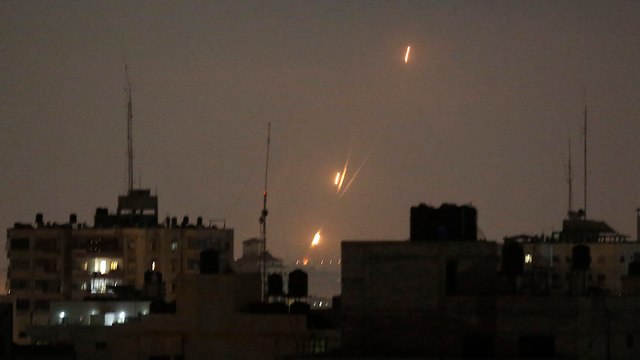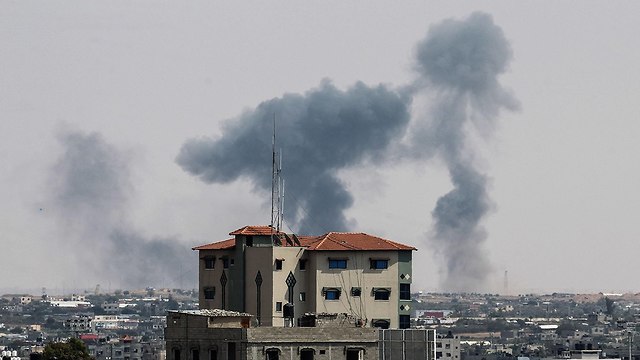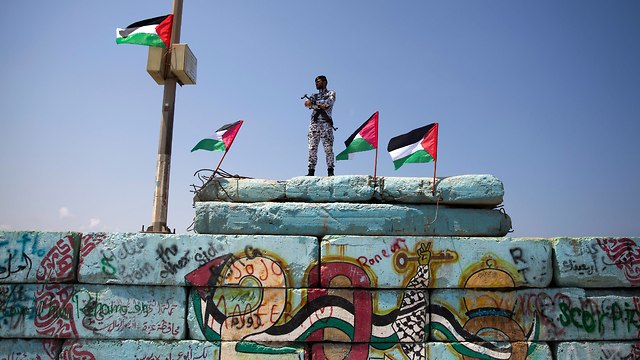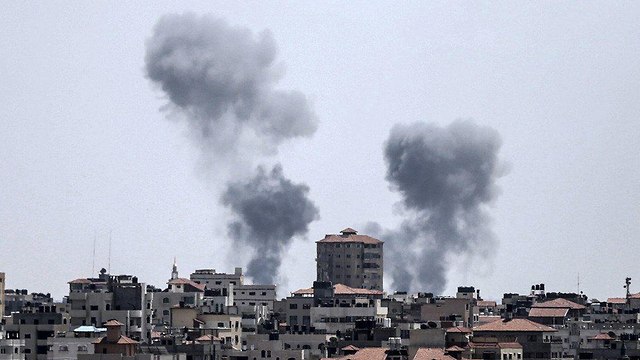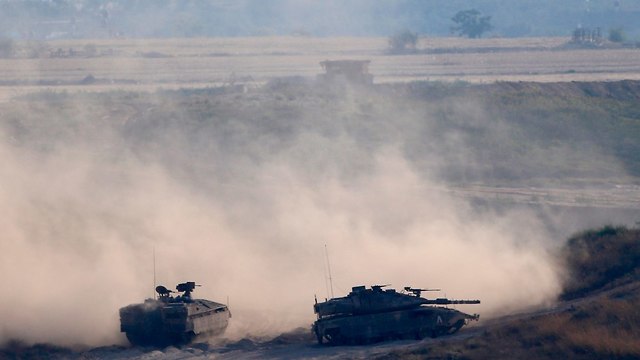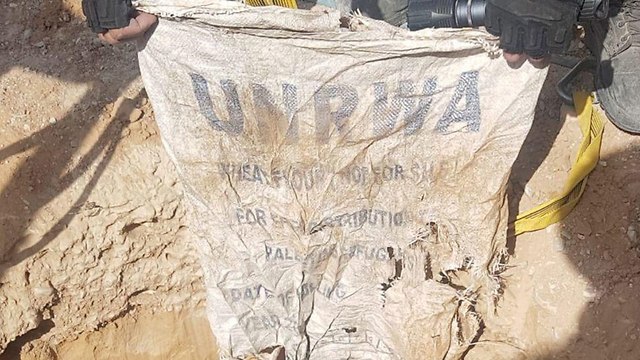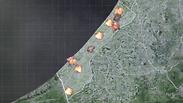
IDF sees possibility of settlement with Hamas
As another round of clashes winds down, a senior Southern Command officer says Israel is 'closer to than ever for a battle greater than the previous Gaza war,' adds IDF does not wish for it, but remains prepared.
With cautious contentment, the IDF concluded 20 hours of fighting with Hamas and Palestinian Islamic Jihad, an event that has been considered the most volatile security incident in the southern sector since Operation Protective Edge in 2014.
A senior Southern Command officer told reporters Thursday that, "Currently, the state does not want conflict in the south because there are other, wider considerations. It should be remembered that the terrorist organizations limited themselves in the range of rocket fire this week."
"Our policy is to return to security stability quickly, to continue to building the barrier against terror tunnels, and to enable the IDF to cope with greater threats. We acted wisely and logically this week and are prepared for a battle greater than the previous Gaza war, to which we are closer to than ever," he added.
The officer then went on to say Israel should bring in other stabilizers to the conflict with Gaza, "Otherwise, we will find ourselves on a slippery slope that we have fallen down or initiated ourselves."
"We can allow for small steps to be implemented that will give us a year to a year and a half of calm. We do not have to help Hamas and prop them up, but the size of Hamas's concessions will correspond to the size of the settlement," he elucidated.
The senior officer noted that various options were being examined and that decisions on additional civilian relief measures for Palestinians in Gaza may soon be made beyond the continued opening of the Kerem Shalom, Erez and Rafah border crossings.
"Deterrence exists but it is limited, because we are at a time of a reality in flux. We are currently standing at a fork in the road regarding Gaza and we need to make decisions," the IDF soldier revealed.
"Hamas is at its lowest point, and so is its army. We can sit back and be led or we can also be prepared for an escalation or to enter into Gaza; it is possible to enter into a small or large settlement. If we want to strengthen our deterrence, we can add incentives," he went on.
In his opinion, such a settlement must include returning the bodies of missing Israeli soldiers Hadar Goldin and Oron Shaul. "Hamas is trying to think of ways to extricate themselves from collapse and they have no solution other than to come to an arrangement or engage in warfare," he added.
The officer added that Southern Command is in a state of full readiness for war in the Gaza Strip, should it break out this week. He did, however, admit that the IDF had not succeeded in hitting the squadrons who fired more than 100 rocket barrages in less than 24 hours, saying, "We were instructed to locate and attack the cells, but the enemy improved, learned lessons, and much of the launchings were carried out with timers and underground. We will investigate this."
He dismissed the criticism voiced Thursday about the harm to Israeli deterrence in light of the fact that no terrorist was hurt, saying, "Those who use the terms 'deterrence' and 'decisiveness' these days do so demagogically and simplistically."
He then termed some of the statements made regarding the weakening of deterrence "nonsense."
According to him, the project to erect the underground barrier against tunnels has also advanced this week, and to date, about 11 out of 64 kilometers of the Gaza border have been completed. The work is expected to conclude in mid or late 2019.
Concurrently, Southern Command's operational plan to locate and destroy tunnels that cross into Israel continues. According to the senior officer, in less than two years, 12 terrorist tunnels were identified and neutralized, the last of which was two days ago near Kerem Shalom.
The officer noted that the tunnel contained United Nations Relief and Works Agency for Palestine Refugees in the Near East (UNRWA) sacks of cement that were intended for humanitarian aid for the citizens of Gaza, but Hamas chose to use them to dig the tunnel.
According to assessments by the Southern Command, Hamas will continue with the border fence demonstrations, especially on Naksa Day next week (the anniversary of the Six-Day War—ed), even though attendance is down to merely a few thousand.
"The deterrence of Operation Protective Edge still resonates in the region, therefore Hamas prefers a march of return over a military campaign and in less than 24 hours they ordered a halt to the escalation," said the officer.
He explained, "Hamas and Islamic Jihad commanders went underground this week and disappeared. Gaza is on edge and during its most difficult period after 140 residents were killed in seven weeks, most of them terrorists. In my view, we will not see similar numbers on Naksa Day as we have seen on Nakba Day.
"There is a lot of internal criticism of Hamas inside the Gaza Strip. This week, Islamic Jihad operated with Iranian consent and Iran has an interest in escalating the situation in Gaza in light of what is happening in Syria and elsewhere,” he explained.
During the briefing, a photo of sacks with the words "UNRWA" stamped on them were displayed, and according to the senior officer, Hamas used them to strengthen the infrastructure of the terrorist tunnels dug into Israel, but the IDF Spokesperson's Unit later announced that there had been a mistake and these were not cement sacks.
The IDF clarified that "the Hamas terror organization uses goods intended for the residents of the Gaza Strip to build terrorist infrastructures. It should be noted that a lot of cement is invested in the tunnels, while it could have been invested in civilian purposes."










